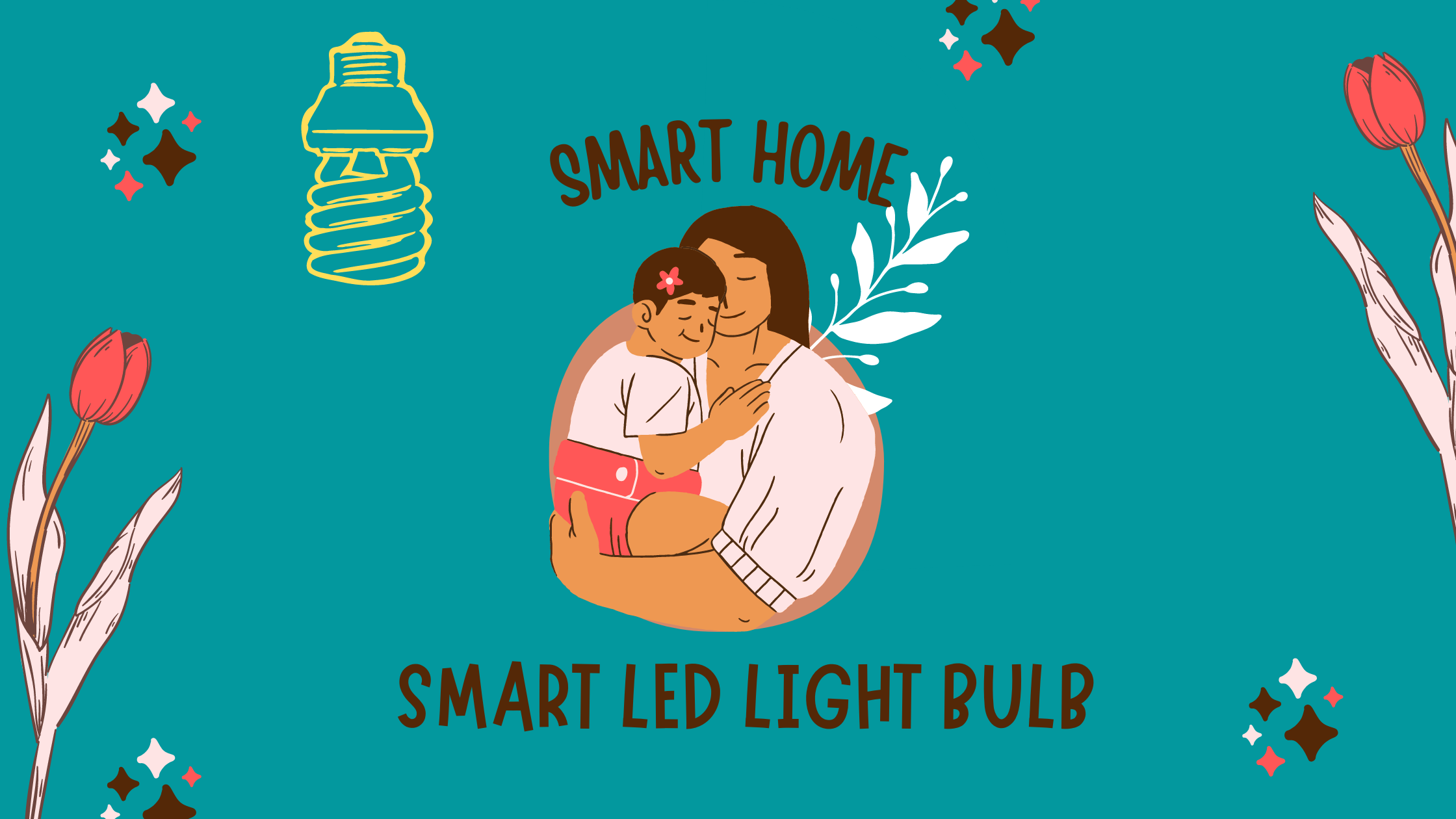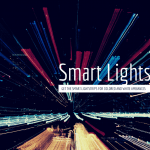The switch controls traditional bulbs, which need to be a manual turn-off and on. If there is a need to dim the light, a dimmer switch must be installed on the wall. In contrast, a smart LED light bulb can be controlled automatically with the help of an app in the device that we use or with the help of Google or Alexa. The initial investment is costly, but the monthly recurring electrical charges are much under control because it saves at least 80% of the energy. People who started using smart LED lights can never go back to traditional lights because they are easier, better, and cost-effective.
Mandatory for Smart bulbs
Smart bulbs will need wireless transmission to send and receive signals, and all bulbs do not function in the same way.
- Some use built-in wi-fi radios, which can be directly connected to the router, due to which they are controlled remotely even if the user is not present at the place they are installed.
- Bluetooth radios are also used to connect the bulb with your device if the user is within 50 feet from installation.
- It can also be controlled from far away if one is connected to a wi-fi hub so that their signals are relayed to the user’s router and on to the user via the cloud.
Idea of smart lighting
The idea of rewiring just because of changing the electrical set of the home was a wise move. It was not easy to control the electricity bill with the traditional lights and the simple LED lights. But after thorough research and consultation with an experienced electrician, it was a good decision to change all the bulbs to Philips smart LED bulbs.
- There is no need to move in and out to switch on and off the bulb now. The smart LED lights are assisted by the app installed on our mobile phone that enables the user to control them from any place.
- One can build schedules to automate the smart bulbs in the morning, night, and whenever one likes. It can be done even when one is out from home for work or on vacation.
- Smart lights can be voice-activated with the help of home devices.
More control Smart LED bulbs give more control over the lights and are connected to home power. Their smart LED features allow them to control them wirelessly with the help of a device. Smart LED bulbs are not only energy-efficient, but they can last longer and generate less heat than traditional ones. Smart lighting systems help to connect other equipment like cameras, thermostats, and home assistants. Connecting each device with the smart lights creates a smart home.
Read More About Lighting Philips


